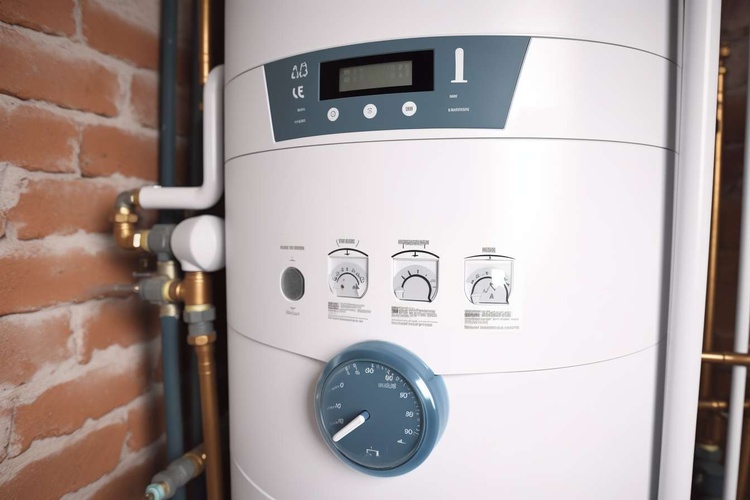Heating System Guide for Homeowners
A heating system keeps a home comfortable through cold months by converting energy into warmth and distributing it where needed. Understanding options, how they work, and key trade-offs helps homeowners choose an approach that matches climate, building type, budget, and efficiency goals. This guide explains common systems and what to consider when evaluating furnace, heat pump, and radiant heating choices for your home.

How do modern heating systems work?
Heating systems generate heat using combustion, electricity, or other energy sources, and transfer that heat into living spaces. Central systems typically produce heat in a single location (a furnace, boiler, or heat pump) and distribute it via ducts, pipes, or electrical elements. Controls such as thermostats and zoning can optimize comfort and reduce energy use by targeting specific rooms. Efficiency ratings like AFUE for furnaces and HSPF or SEER for heat pumps indicate relative energy performance; higher numbers generally mean lower operating costs for the same heat output.
When is a furnace appropriate for a home?
A furnace is a common heating choice in colder climates and homes with existing ductwork. Furnaces burn fuel (natural gas, propane, or oil) or use electricity to heat air that a blower then moves through ducts. Furnaces can deliver rapid, high-output heat, making them suitable for large or poorly insulated homes where quick recovery from cold is needed. Consider fuel availability, ventilation requirements for combustion models, and maintenance needs such as filter changes and annual inspections. High-efficiency gas furnaces reduce fuel use but require higher upfront costs compared with older models.
Are heat pumps suitable for your home?
Heat pumps move heat rather than generate it, working like reversible refrigerators to heat in winter and cool in summer. Modern air-source and ground-source (geothermal) heat pumps are effective in many climates; cold-climate models can operate efficiently at lower outdoor temperatures than older designs. Heat pumps excel where electricity is reasonably priced or when homeowners want a single system for heating and cooling. They also pair well with renewable electricity. Limits include reduced capacity in extreme cold for some air-source units and higher installation complexity and cost for ground-source systems.
What is radiant heating and where to use it?
Radiant heating warms surfaces—floors, walls, or ceilings—so heat radiates into a room rather than relying on convective air movement. Common approaches are hydronic radiant floors (warm water in tubing under the floor) and electric cable systems. Radiant heating provides even comfort, reduces drafts, and is often quieter and less obtrusive than forced air. It works well in well-insulated homes, bathrooms, and additions; retrofitting can be more invasive or costly than replacing a furnace. Radiant systems pair well with low-temperature heat sources like heat pumps or efficient boilers.
How to choose a heating system for your home
Selecting a system involves assessing climate, home size and insulation, indoor air quality needs, existing ductwork or piping, budget, and long-term energy goals. For example, a well-insulated home in a moderate climate may favor a heat pump for efficiency and dual heating/cooling. A cold-region house with ductwork might prioritize a high-efficiency furnace. Consider lifecycle costs: installation, energy use, maintenance, and expected service life. Evaluate controls, zoning, and compatibility with future upgrades (solar panels, battery storage). Consulting reputable local services and getting multiple quotes helps match technical options with practical constraints.
Conclusion
Understanding the basic types of heating systems—furnaces, heat pumps, and radiant heating—helps homeowners weigh performance, cost, and installation factors. Each approach has trade-offs tied to climate, home construction, and energy priorities. Thoughtful assessment of efficiency ratings, maintenance needs, and compatibility with existing building systems can guide a choice that suits both comfort goals and long-term energy considerations.






